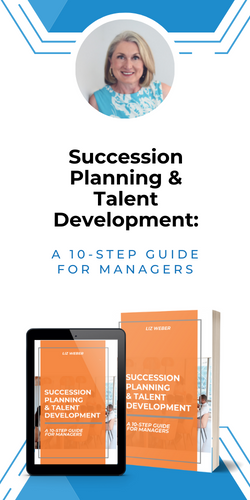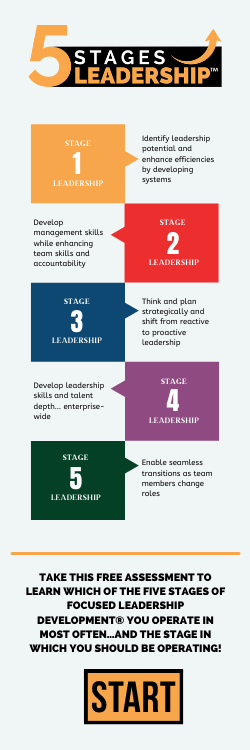My husband and I helped a friend move her horses to a new stable recently. Neither of her horses had ever been loaded on a trailer before, so she was terribly nervous about the unfamiliar adventure facing us. She had visions of her horses panicking, bucking, kicking, whinnying for dear life, and forcibly being pushed and pulled into the trailer.
Instead, one horse walked right on as we calmly talked to her during the loading process, and the other eventually walked on the trailer, without drama, after only 10 minutes. How? We offered her two choices: 1) stand still while we tapped her hind-end with a crop like a pesky and persistent fly, or 2) move forward and stop the pestering. The choice was hers. Simple, if she stood still, we pestered her; if she moved, we didn’t. We limited her options and were consistent in displaying what the consequences would be for each. She chose and we followed up with the consequences.
The performance choices were structured in such a way that the one that helped us achieve our mission was more attractive than the one that hindered. After 10 annoying minutes, she decided it was easier to just walk on the trailer and eat some grain—so she did. There was no panicking, bucking, kicking, pushing or pulling. She chose the least irritating option that, in the end, was easy for her and easy for us. Clear and consistent communication with clear objectives helped us all enjoy our adventure.
I thought of this horse lesson recently while talking with a client. He was recounting how the performance level of his employees had increased over the past 12 months. He stated that our work in helping to change his management style—from one that was dictatorial to one that was more collaborative—had supported a performance increase in his production staff. The new collaborative style gives his employees more control in offering enhancements to their respective processes and in modifying procedures to test their theories. However, the employees are given clear objectives to meet and they have input in establishing some of those objectives. They have more choices in how they perform their respective job responsibilities, as long as their objectives are met.
The employees all know why each person has the objectives they do have. Every employee knows how his or her job fits into the overall structure of the company and how each position can move the company towards its vision. There are no surprises. Because everyone knows the Company Values, each employee can choose to help support the mission of the company or not. If they do (support the mission), they are given more opportunities for growth, learning, and experimentation. If they don’t, they have the option of changing their performance and staying with the company, or finding a new position in a different company. Here, again, the choice is theirs.
Clear and consistent communication with clear objectives helps my client and his entire team enjoy their adventure together. There are fewer surprises, fewer conflicts, and much more cooperation and success.
What performance choices are you offering?
Copyright MMIV – Liz Weber, CMC, CSP – Weber Business Services, LLC – www.WBSLLC.com +1.717.597.8890
Liz supports clients with strategic and succession planning, as well as leadership training and executive coaching. Learn more about Liz on LinkedIn!

























